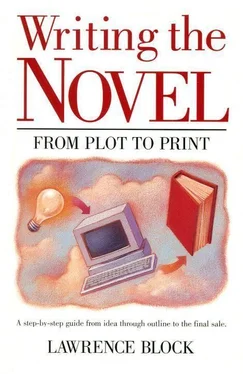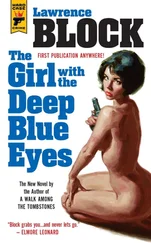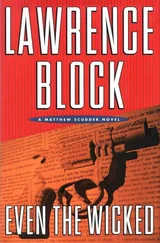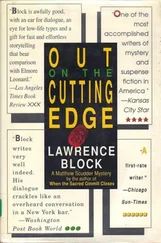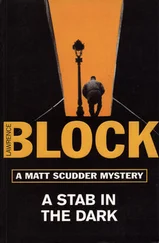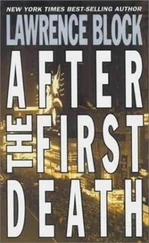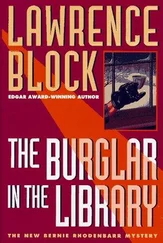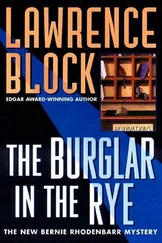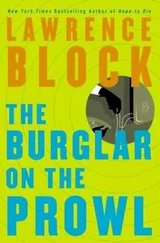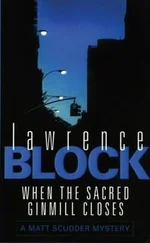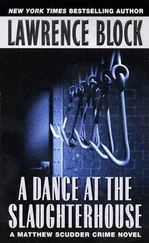Single versus Multiple Viewpoint
It’s probably easiest, in a first novel, to show everything through the eyes of a single lead character — whether the voice you choose is first or third person. Single viewpoint keeps a novel on a true course. It limits options and cuts down the opportunity for diffusion of the force of the narrative.
This does not mean that it’s perforce the right choice for your novel. Some books depend upon a broad scope for a measure of their strength. The story you choose to tell will very often dictate whether it is to be told from one or several points of view.
Whether you select single or multiple viewpoint for your novel, you would probably do well to avoid changing point of view within a scene, switching back and forth from one character’s mind to another’s. In a book in which the author maintains a consistent overview, never really getting inside the skins of his characters but describing all their actions from without, it may be permissible to move around the room within a scene, telling what the various characters in turn are thinking or feeling. But when you make this sort of viewpoint switch within a scene in a book where characters are shown from within, the result is apt to be confusion — the reader can’t remember who’s thinking what — and a slowdown in the book’s pace. I was most recently made aware of this while reading True Confessions, John Gregory Dunne’s generally successful novel of clerical and police political machinations.
An advantage of multiple viewpoint lies in the fact that the author is not stuck with a single character for the duration of the book. When a scene winds to a close, and when there’s nothing further to be said about the viewpoint character for the time being, you simply skip two spaces and pick up one of the other principals.
In any novel of this sort, it makes good sense to keep your number of principal characters down to a manageable figure. When you pass the half dozen mark, it becomes a little more difficult for the reader to remember what’s going on and who’s doing what and why. You can, however, have any number of additional minor viewpoint characters, from whose vantage point an occasional scene or two is portrayed. This can add a sense of richness to a novel without diluting the reader’s attention to the main characters.
More important than learning a multitude of rules on the subject of viewpoint is that you be aware of the question of the point of view in your own reading. Your perceptions of the way other writers handle viewpoint changes, your sense of what works and what doesn’t, will teach you more about the subject than you can learn by reading about it.
I doubt that many readers are aware of point of view. They’re interested in characters and story. It’s possible, too, that I tend to pay more attention to consistency in this area than I need to.
Some years ago, for example, I wrote The Triumph of Evil under the pen name of Paul Kavanagh. The entire novel, written in the third person, was told from the point of view of Miles Dorn, assassin and agent provocateur. The entire novel, that is, with the exception of a single chapter which dealt with an assassination at which Dorn was not physically present. He was over a thousand miles away at the time, and it seemed essential to me that the scene be viewed from close up.
After considerable soul-searching, I shrugged heroically and wrote the scene from the point of view of the young man used as a pawn by Dorn. I felt this was a jarring inconsistency but couldn’t think of a better way to deal with it.
As far as I know, no one was ever bothered by this inconsistency, or even aware of it. No editor or writer who read the book mentioned it. Rereading the section preparatory to writing this chapter, it seemed to me unlikely that I would have noticed it myself — had I not been the book’s author. We who write these books are inevitably more aware of their essential structure than are the people who read them.
Don Westlake employs an interesting original framework for his Richard Stark novels about Parker, and I wonder if many of his faithful readers are aware of it. In almost every Parker novel, the first two quarters of the book are told exclusively from Parker’s point of view. The third quarter is told from the individual points of view of all of the other principal characters. Then, in the fourth section, once again Parker is the viewpoint character throughout.
I think this serves Westlake superbly. But I doubt that very many Parker fans pay much mind to the almost symphonic structure of these books. I suspect they’re interested in the plot and the characters, and they want to find out how the heist turns out and who winds up alive and dead when it’s over. I don’t think they care how the author does it.
It’s useful for us as writers to care, and to pay attention. But an excessive preoccupation may be more liability than asset. The main thing is always the story.
Transitions
When I first started writing, I had a certain amount of difficulty getting from one scene to the next. I also had trouble getting my characters on and off stage, or in and out of the room.
This difficulty was most pronounced in first-person novels. If I had a character in conversation at a bar one night, and then I had something for him to do the next morning, I wasn’t sure how to get him through the intervening hours. I figured I had to explain where he went and what he did at all times.
I found out that’s not necessary. I could let the bar conversation run its course. Then I could skip an extra space, and then I could write, “At ten the next morning I showed up at Waldron’s office. I was wearing my blue pinstripe and his secretary seemed to like the looks of it.”
They learned some years ago in the film business that the best transitions are nice clean abrupt ones. Remember the slow dissolves you used to see in movies? Remember how they would indicate the passage of time by showing different shots of a clock, or pages flipping on some dumb calendar? They don’t do that any more, and that’s largely because they realized that they don’t have to. Contemporary audiences are hip enough to put two and two together.
So can readers. I learned a lot about transitions by reading Mickey Spillane. In the early Mike Hammer books, he hardly ever explained how Hammer got from one place to another, or wasted time setting scenes up elaborately. There were no slow dissolves in those books. They were all fast cuts, with each scene beginning right on the heels of the one before it. Since the books had enormous appeal to a generally unsophisticated audience, I would assume few readers had trouble following the action line, for all the abruptness of the transitions.
Temporal transitions — jumps back and forth in time — can be handled most expeditiously simply by crediting the reader with the intelligence to figure out what you’re doing without over-explaining yourself. In this area, too, I suspect the techniques of the visual media, including not only the cinema but especially television commercials with their intricate crosscut-ting in a thirty- or sixty-second span, have contributed greatly to the sophistication of the public.
I can recall seeing Two For The Road, a film with Audrey Hepburn and Albert Finney, sometime in the late sixties. Director Stanley Donen salted the film with flashbacks, providing no special indication of the temporal changes, simply cutting from one present-time sequence to one in past time. I was as interested in the audience as in the film. Some older viewers, I noticed, were utterly confounded; their frame of reference was too rigidly linear for them to know what the hell was going on. But the majority of the audience, including all of its younger members, seemed perfectly at ease.
Читать дальше
